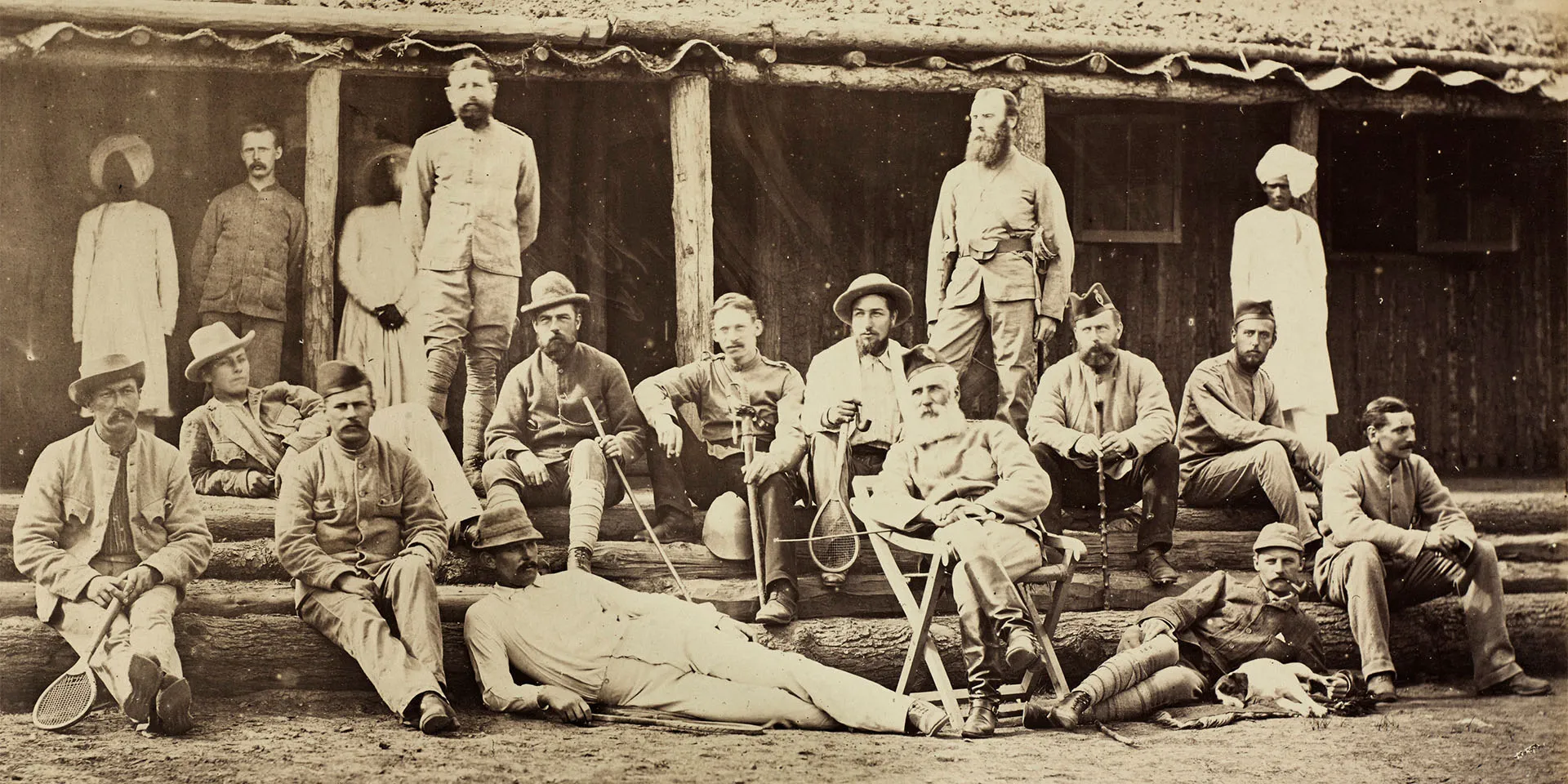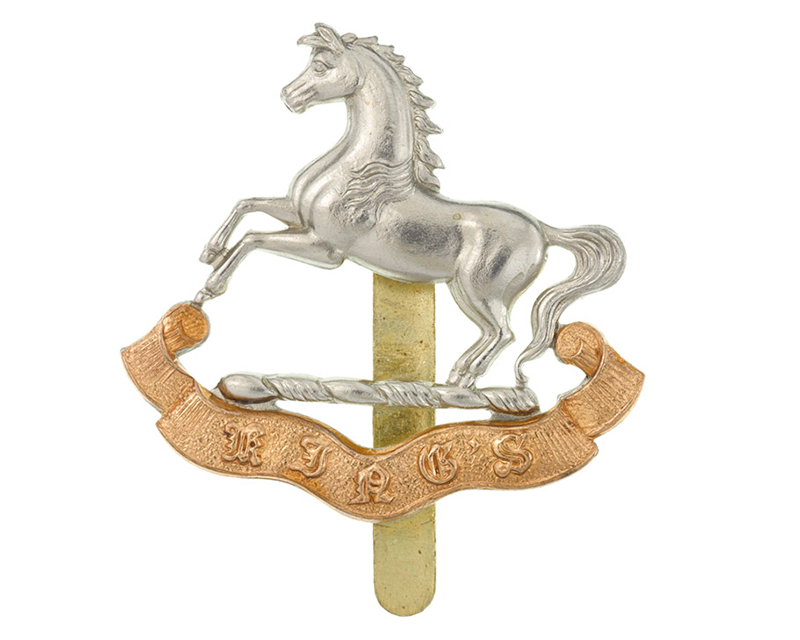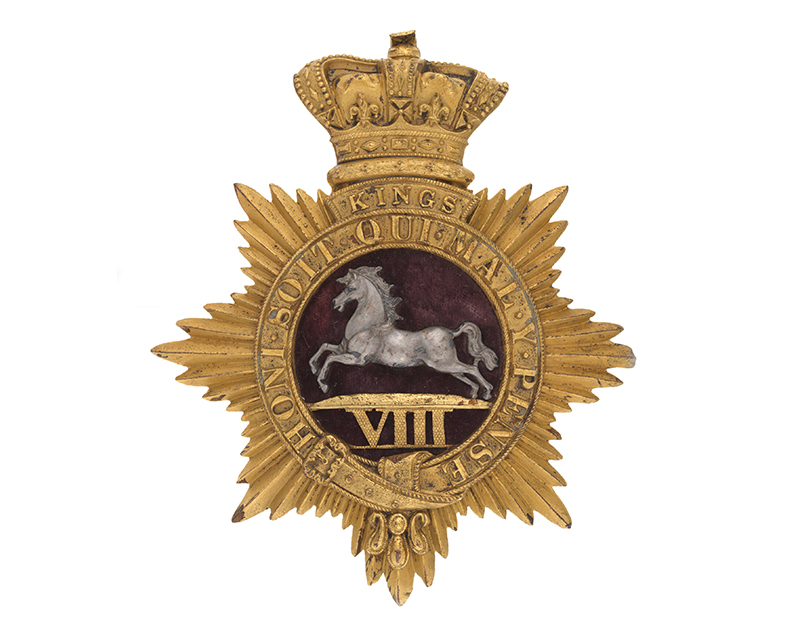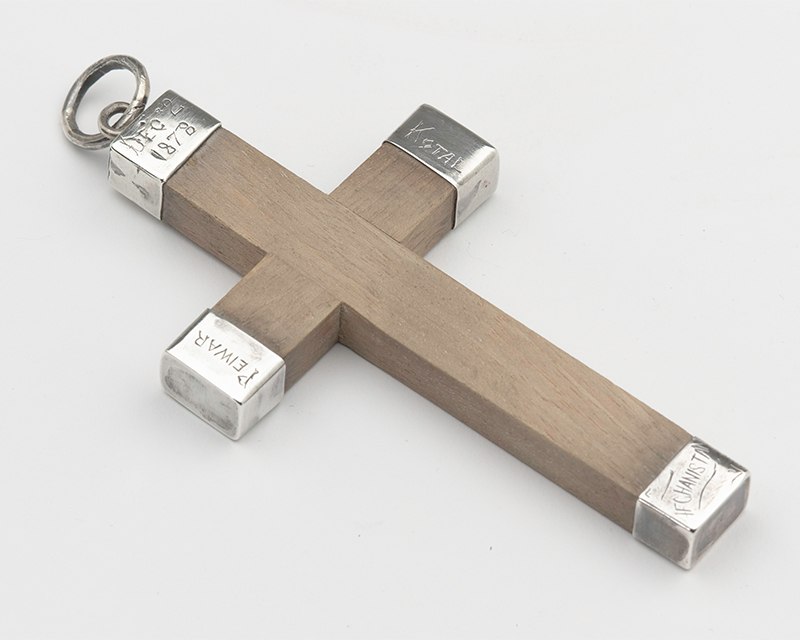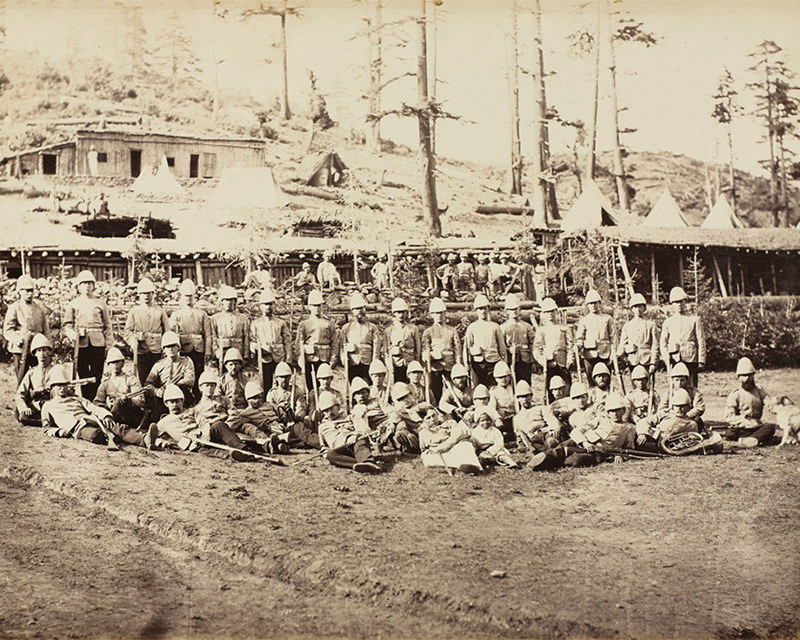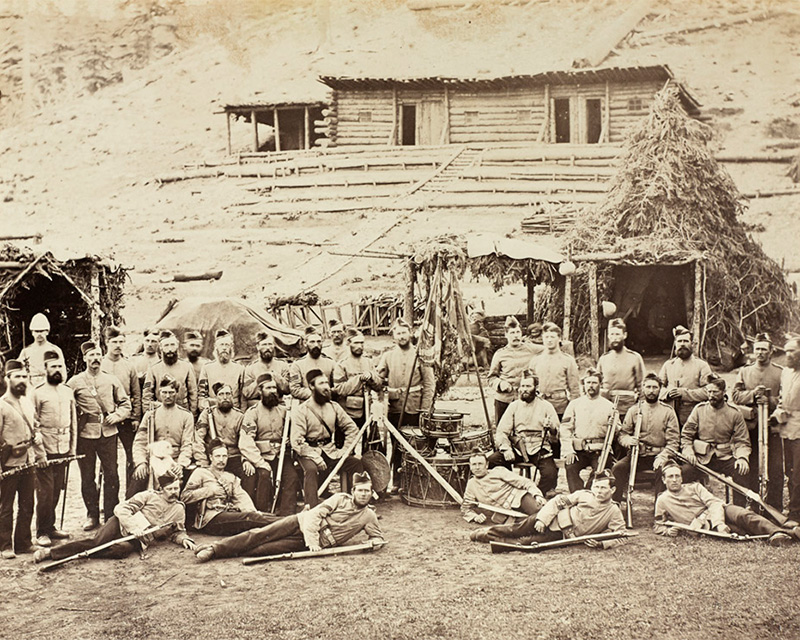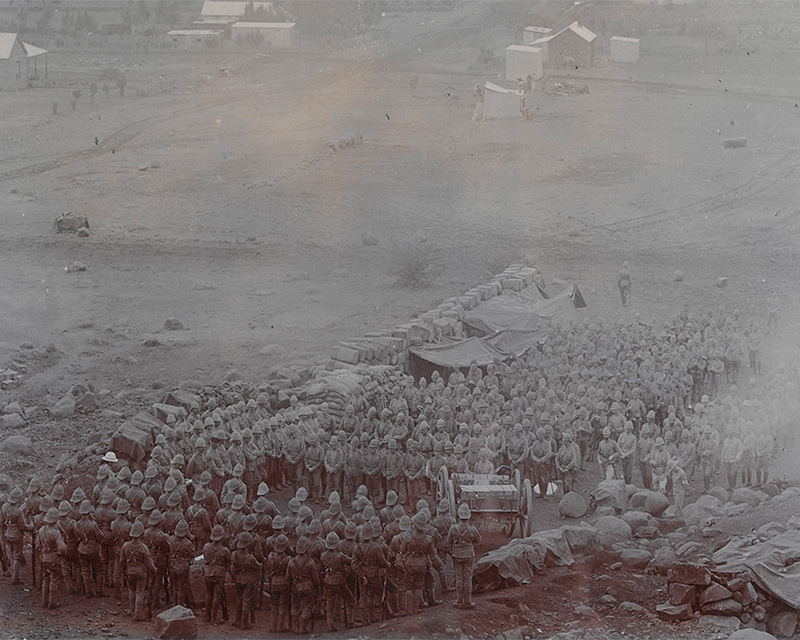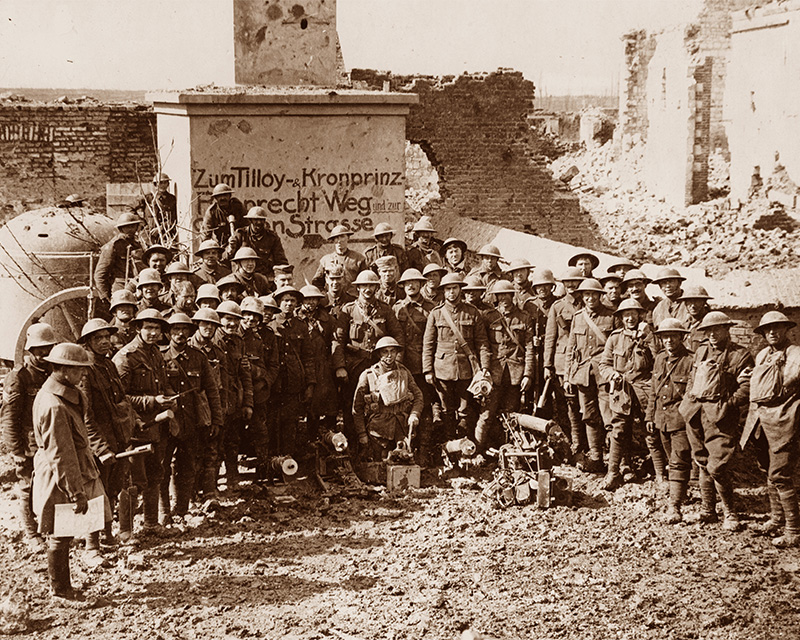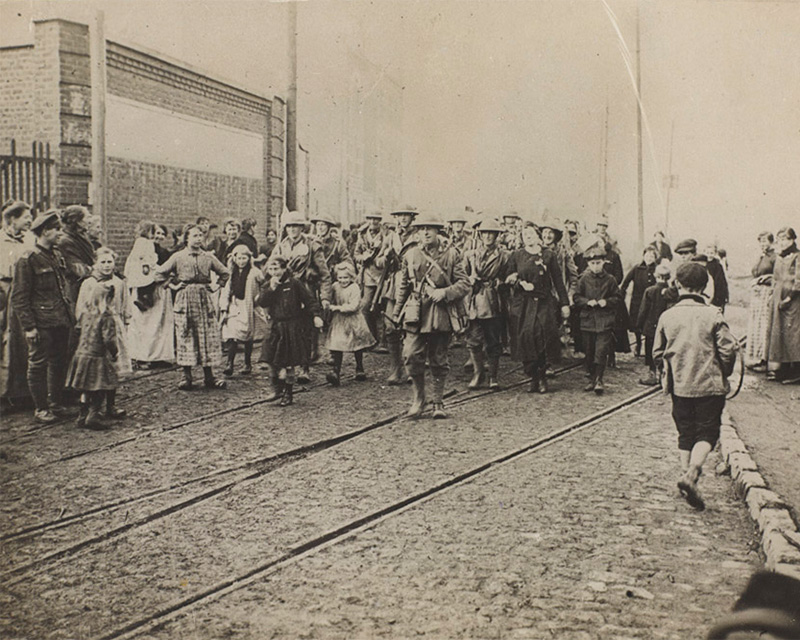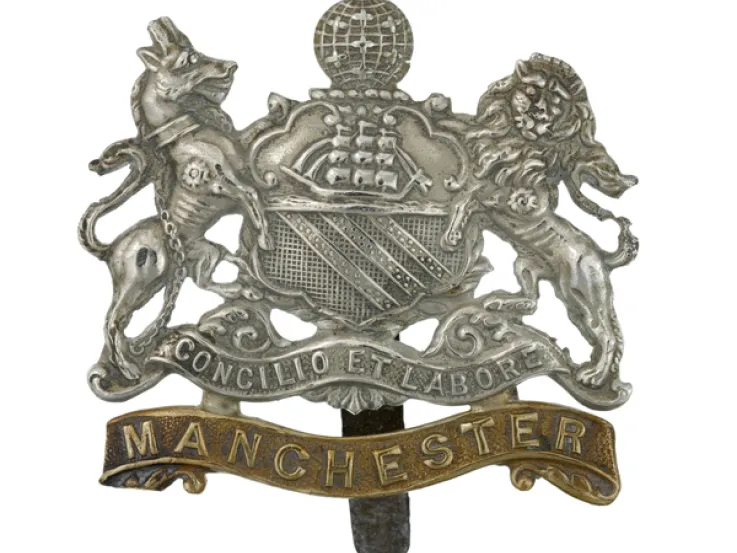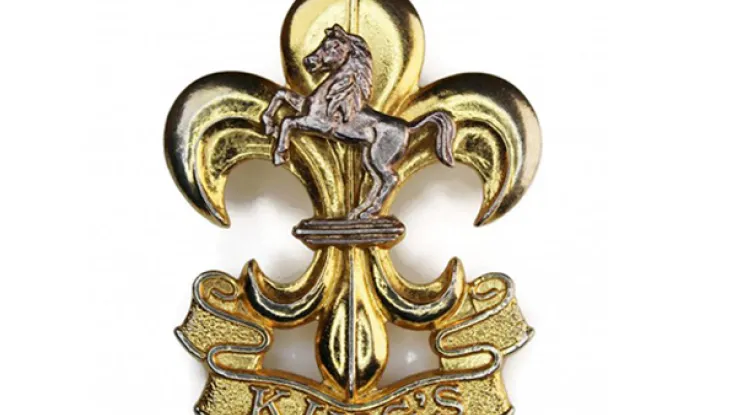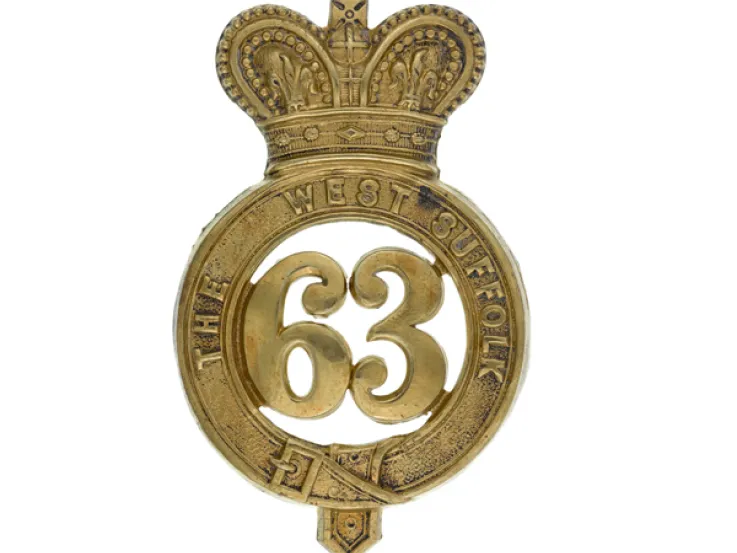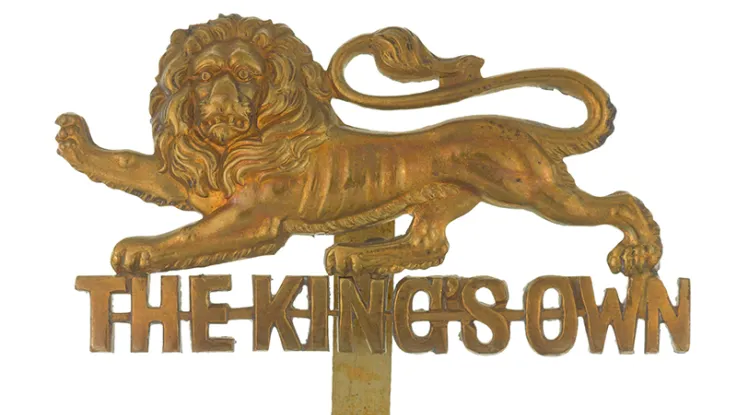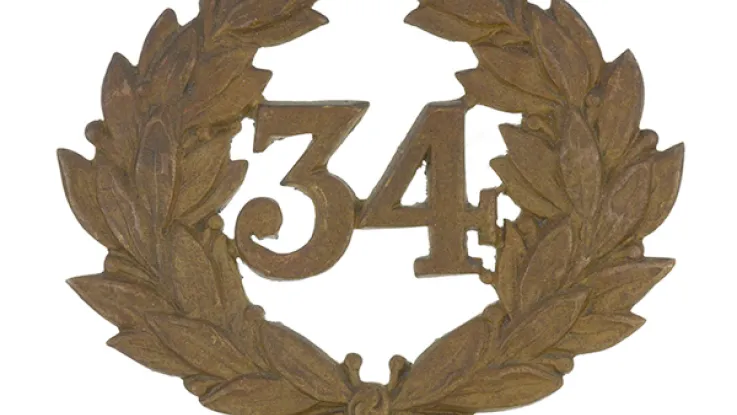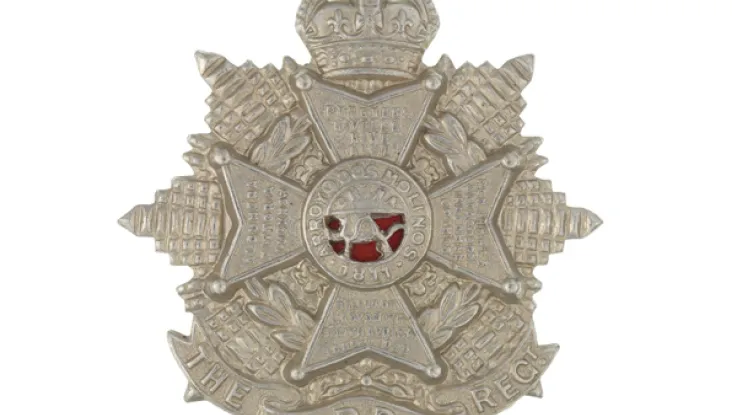Origins
In June 1685, King James II needed more troops to help suppress a rebellion led by the Duke of Monmouth. One of his new units was Princess Anne of Denmark's Regiment of Foot, formed under the colonelcy of Robert Shirley, 1st Earl Ferrers.
Despite being named after James’s daughter, the new unit went over to his rival, William of Orange (later William III), during the ‘Glorious Revolution’ of 1688. It fought for William in the Nine Years War (1688-97) including at Carrickfergus (1689) and the Boyne (1690), as well as in Flanders.
In 1702, when Anne acceded to the throne, its title changed to The Queen’s Regiment.
18th century
During the War of the Spanish Succession (1702-13), the regiment returned to Flanders, fighting at Venloo (1702), Liege (1702) and Limburg (1703), before marching into Bavaria for service at Schellenberg (1704) and Blenheim (1704).
In 1705, it helped take Huy and fought on the Lines of Brabant. The following year, it served at Ramillies and Oudenarde. Other engagements fought during the campaign included Malplaquet (1709), Tournai (1709), Douai (1710) and Bouchain (1711).
In 1715, the regiment helped suppress the First Jacobite Rebellion, winning particular distinction at Sheriffmuir (1715). The following year, its title changed again, when George I renamed it The King’s Regiment, also granting it his household badge of the White Horse of Hanover.
The 1740s saw the regiment back in Flanders during the War of the Austrian Succession (1740-48), serving at Dettingen (1743), Fontenoy (1745), Roucoux (1746) and Lauffeld (1747). It also fought during the Second Jacobite Rebellion (1745-46) at Falkirk and Culloden (1746).
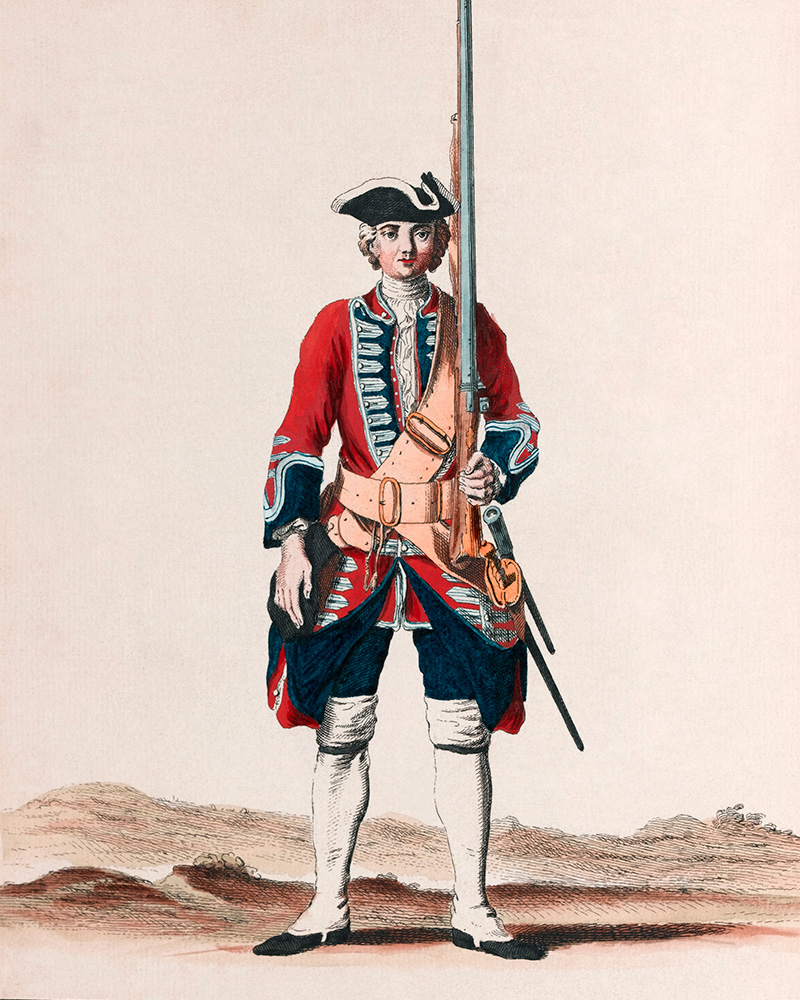
Soldier of the 8th Regiment of Foot, c1742
In 1751, it became the 8th (King’s) Regiment of Foot, reflecting its position in the British line infantry order of precedence.
From 1750 to 1752, it joined the garrison of Gibraltar. It remained in England throughout the Seven Years War (1756-63), aside from raids on the French coast (1757-58) and service in Germany (1760-62).
It raised a 2nd Battalion in 1756, which became a regiment in its own right - the 63rd Foot - two years later.
Revolutionary and Napoleonic Wars
The 8th Foot moved to garrison Canada in 1768. During the American War of Independence (1775-83), it served at Fort Cedars (1776), Fort Stanwix (1777), Vincennes (1779), Newtown (1779) and Mohawk Valley (1780).
In the early years of the French Revolutionary Wars (1793-1802), several companies served in the West Indies. The rest of the regiment was sent to fight in the Low Countries in 1795. It spent the rest of the decade in the Mediterranean, culminating in the Egypt Expedition of 1801.
In 1804, the regiment again raised a 2nd Battalion. Apart from joining the Walcheren Expedition (1809), this served in Canada for most of its 11-year lifespan. 1st Battalion, meanwhile, fought in northern Germany (1806), at Copenhagen (1807) and on Martinique (1809), before joining 2nd Battalion in Canada during the War of 1812 (1812-15).
The regiment spent the next 30 years on garrison duties in the Mediterranean, Ireland, England, the West Indies and Canada.
Victorian period
In 1857, the regiment started its first Indian posting. During the Mutiny (1857-59) there, it helped to secure the fort at Phillour, re-capture Delhi and assisted in the Second Relief of Lucknow.
It formed a 2nd Battalion for a third time in 1857. Over the next 60 years, this was mainly used to garrison England, Ireland and India. However, it did see active service at Peiwar Kotal during the Second Afghan War (1878-80) and in the Third Burma War (1885-87).
In 1860, 1st Battalion returned from India. A spell in England and Ireland was followed by ten further years in India from 1868.
The regiment gained its association with Liverpool during the 1881 Army reforms, becoming The King’s (Liverpool) Regiment. It then served in the West Indies and Canada during the early 1890s, before moving to South Africa in 1897.
During the Boer War (1899-1902), it took part in the Siege of Ladysmith (1899-90) and the campaign in the Orange Free State (1900-01). In 1902, it embarked on a six-year stint in Burma and India.
First World War
On the outbreak of the First World War (1914-18), 1st Battalion deployed to France with the British Expeditionary Force in August 1914. It remained on the Western Front throughout the conflict.
2nd Battalion was stationed on the North-West Frontier from 1908 to 1920, including service in the Third Afghan War (1919).
The regiment raised 41 Reserve, Territorial, New Army and Garrison battalions between 1914 and 1918. Most of these served on the Western Front or at home stations, although a couple fought at Salonika and one went on to join the Allied intervention in the Russian Civil War (1917-22).
Overall, more than 13,000 men of the regiment were killed in the First World War.
Inter-war years
During the 1920s, 2nd Battalion was in Sudan, Hong Kong, India and Iraq. The same decade saw 1st Battalion on occupation duties in Turkey, as well as serving in Sudan and Egypt, before moving on to garrison India in the 1930s.
In 1921, the unit underwent its final change of title, becoming The King’s Regiment (Liverpool). Four years later, King George V became its colonel-in-chief.
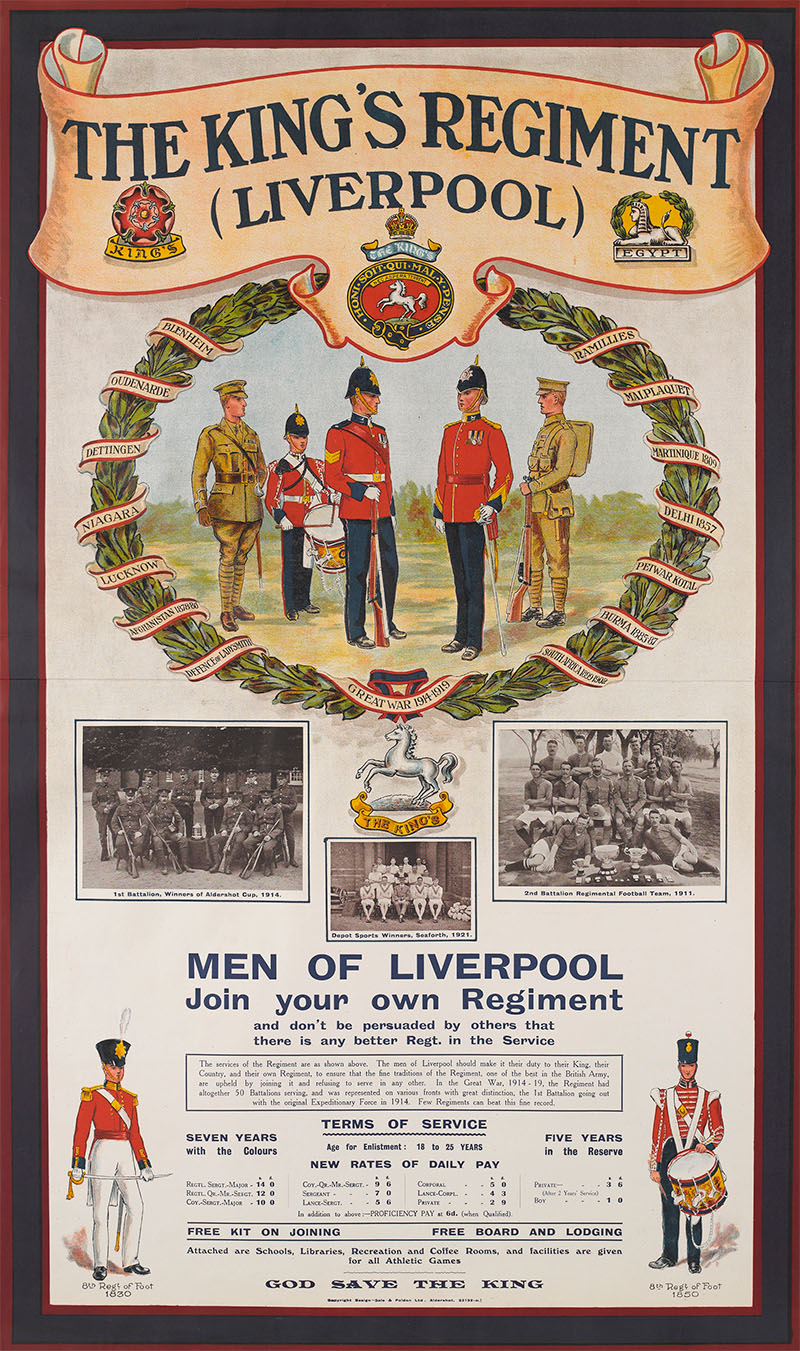
‘The King’s Regiment (Liverpool), Men of Liverpool Join Your Own Regiment’, c1921
Second World War
On the outbreak of the Second World War (1939-45), 2nd Battalion was in Gibraltar. It served there until 1943, when it moved to Egypt, Tunisia and then Italy (1943-44), before deploying to Greece for two years in December 1944.
Except for two years in Burma (1943-45), 1st Battalion spent the war in India, where it remained until partition in 1947.
Ten additional battalions served during the conflict, including the 5th and 8th who both landed in Normandy on D-Day (1944).
Post-war deployments
In 1948, the two regular battalions merged and moved to Germany to serve with the British Army of the Rhine. The regiment spent most of the next ten years there, barring 13 months serving in the Korean War (1950-53) and two years in Hong Kong.
Legacy
It was back in England by 1958, when it merged with The Manchester Regiment to form The King’s Regiment (Manchester and Liverpool).
Regimental museums
The National Army Museum works with a network of Regimental and Corps Museums across the UK to help preserve and share the history and traditions of the Army and its soldiers.
Discover more about The King’s Regiment (Liverpool) by visiting the Museum of Liverpool.

